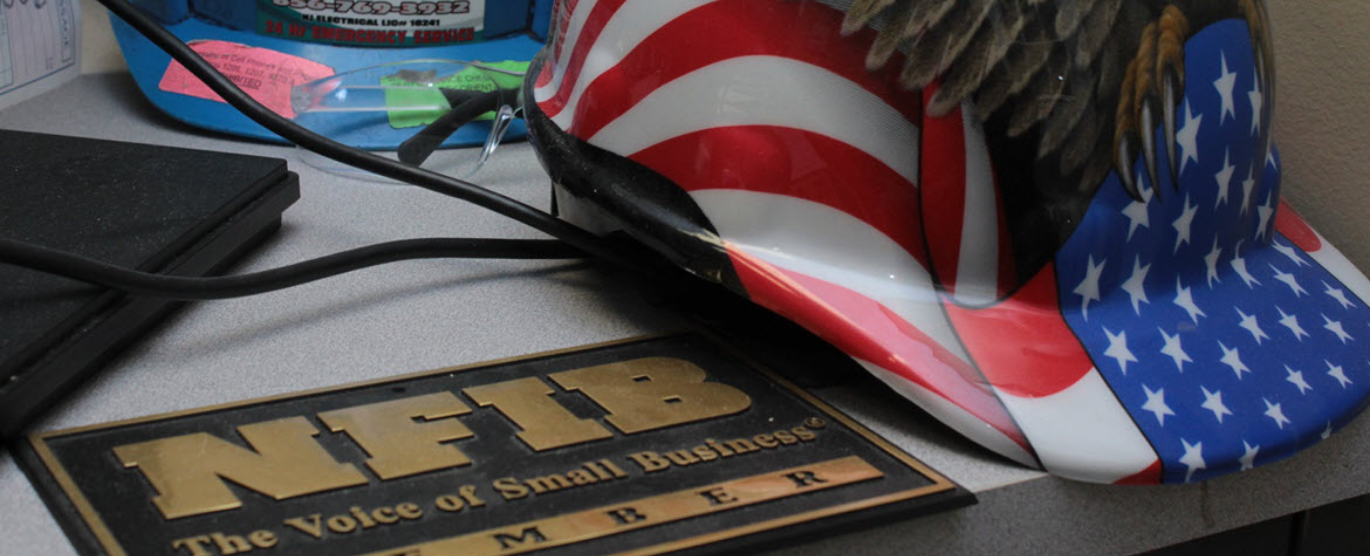Water heaters are an essential part of any home or building, providing an uninterrupted supply of hot water for various purposes such as cooking, cleaning, and showering. Understanding the types, parts, and working mechanism of water heaters can help homeowners optimize their usage and make informed decisions when purchasing a new one.
Types of Water Heaters:
There are several types of water heaters available on the market, each with its unique features and advantages.
- Conventional Storage Tank Water Heater: This type of water heater consists of a large storage tank that stores hot water until it is needed. When you turn on the hot water tap, the hot water travels through the pipes and up to your faucet.
- Tankless Water Heater: Also known as on-demand water heaters, this type of water heater heats water directly without the need for a storage tank. The hot water is produced on-demand when you turn on the hot water tap, resulting in energy savings.
- Heat Pump Water Heater: This type of water heater uses electricity to move heat from the air or ground to heat water. It is more energy-efficient than conventional storage tank water heaters, resulting in lower energy bills.
Parts of Water Heaters:
Water heaters consist of several parts that work together to provide hot water. The essential components of water heaters include:
- Tank: The storage tank contains the hot water until it is needed.
- Dip Tube: A plastic tube that facilitates cold water intake into the tank.
- Heating Element: A device that heats the water in the storage tank using electricity or gas.
- Thermostat: A device that regulates the temperature of the water in the tank.
- Anode Rod: A long metallic rod that protects the tank from corrosion by attracting corrosive elements in the water.
Working Mechanism:
Water heaters work by using either electricity or gas to heat water in a storage tank. When you turn on the hot water tap, the hot water flows out of the tank and through the pipes to your faucet. The thermostat regulates the temperature of the water to prevent it from overheating. If the water in the tank cools down, the heating element switches on automatically to heat the water to the desired temperature. In a tankless water heater, the heating element heats the water on-demand, resulting in significant energy savings.
In conclusion, when considering a water heater, there are many types to choose from and important parts to understand. Learning the basics can be helpful in selecting the best option for your home. Once you have selected your ideal water heater, hiring a professional Medford NJ water heater installation provider can provide peace of mind that it will be installed correctly and run efficiently. Not only will their expertise get it running quickly, but they can also answer any questions or concerns you may have. All in all, investing in the right water heater can give you years of comfort and warmth during cold seasons. Equipping your system with the right support from the proper professionals is key for ensuring optimal performance.




